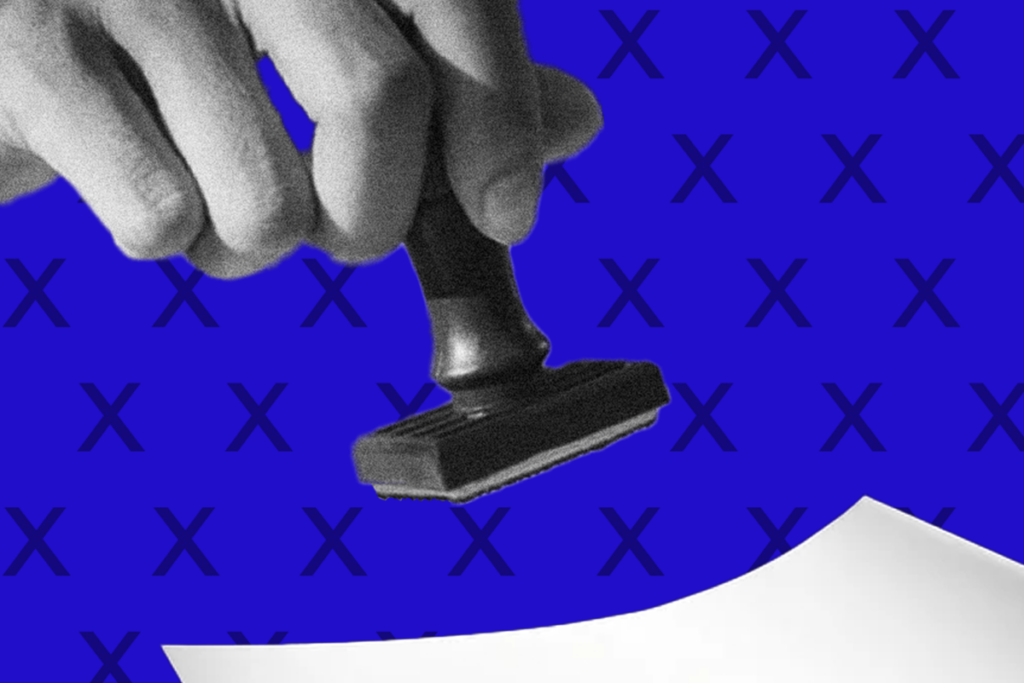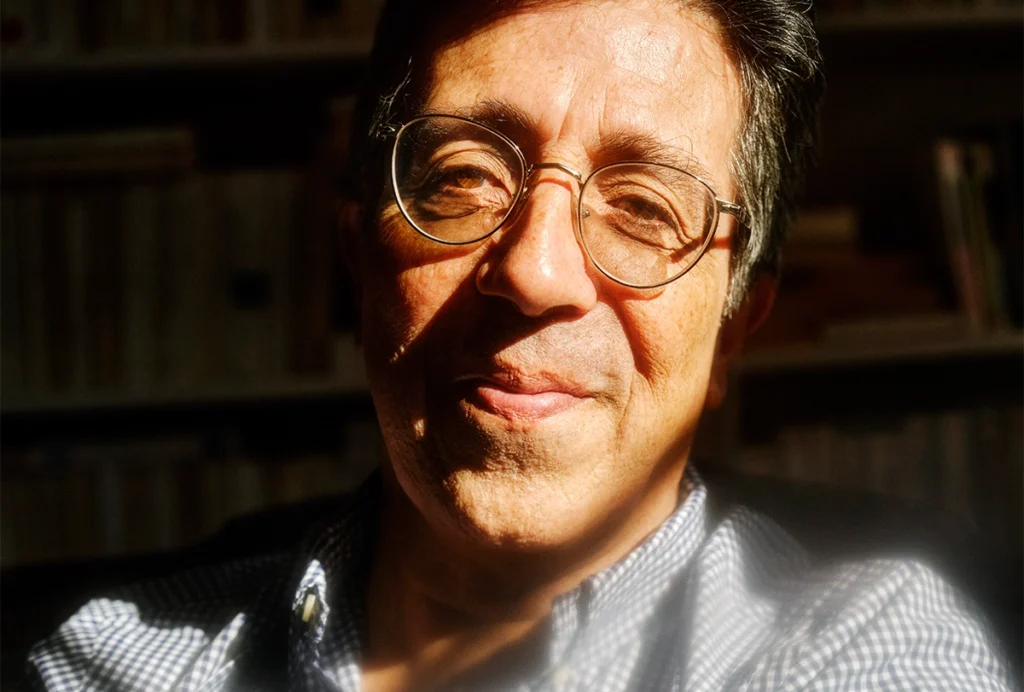Martin Giurfa’s concept of home
The insect-cognition researcher has done his work across continents, but Argentina is never far from his mind.
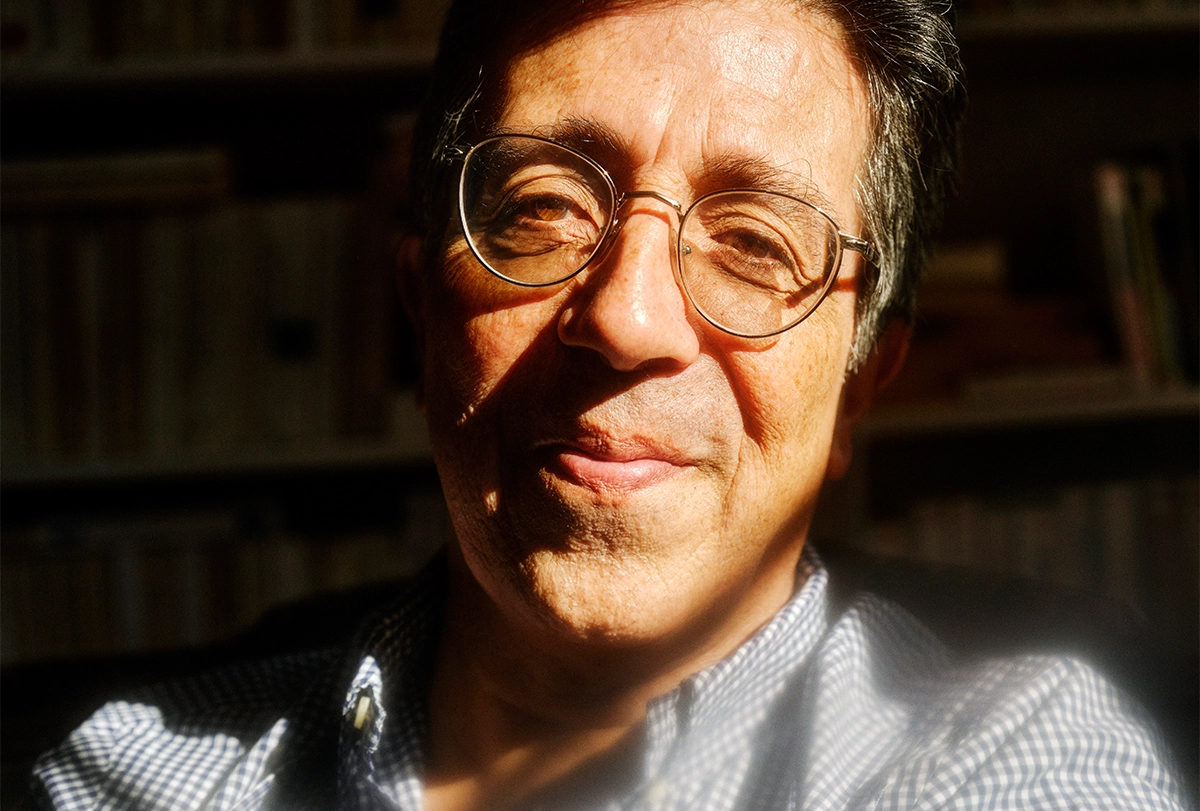
In 1990, when Martin Giurfa was living in Freiburg, Germany, the locals did something he had never seen before. One day a month, they pulled unwanted possessions from their homes and left them out on the street for anyone to take. They called this purging Sperrmüll. Walking the early morning streets with his wife and Argentinian friends, Giurfa saw televisions, washing machines and freezers, he says, all pulled to the curb. Once, they even spotted a pressure cooker, which they claimed.
Giurfa and his wife, Gabriela de Brito Sanchez, who is also a biologist, used Sperrmüll to help outfit their home. Giurfa had come to Germany from Argentina to work as a postdoc in the lab of the renowned neuroscientist Randolf Menzel. He had heard rumors of Sperrmüll before his arrival, but seeing it in person, he says he realized that it happened because Germany was a rich country, where people bought new things they wanted and simply discarded the old.
It surprised Giurfa to see a similar dynamic playing out in university labs. His German colleagues sometimes threw away perfectly usable—albeit outdated—equipment that “Argentinians would dream of working with,” he says. It was hard to just watch it all go out with the trash.
Eventually, Giurfa joined a group of Argentinian researchers that had formed an alternative work-based Sperrmüll. They snapped up dated computers and other lightly worn equipment—including intricate devices that German scientists had used to record the movements of honeybees—and sent them to Argentina for researchers there.
Later, Giurfa would lay the foundation for a new understanding of insects’ cognitive abilities. His insight was “revolutionary” and “sent the whole study of insect intelligence on a new path,” says Lars Chittka, a doctoral student at Menzel’s lab when Giurfa was there and now a psychology professor at Queen Mary University of London. But in those early years, Giurfa was just another young researcher who had gone abroad in search of scientific challenges, and found himself still thinking of the people back home.
T
he truth is, Martin Giurfa is not Argentinian by birth. His Argentinian mother—hardheaded as she was, he says—married a Peruvian man and followed him back to Lima, where Giurfa was born and raised. His father left when Giurfa was only 2, but his mother refused to go back to Argentina; she wanted to become more independent. Instead, she got a job at a bank and put her son in a private French school to make him bilingual. She also signed him up for anything she thought would feed his mind: painting, languages, music classes. She provided him with what “in neuroscience we call environmental enrichment,” Giurfa says.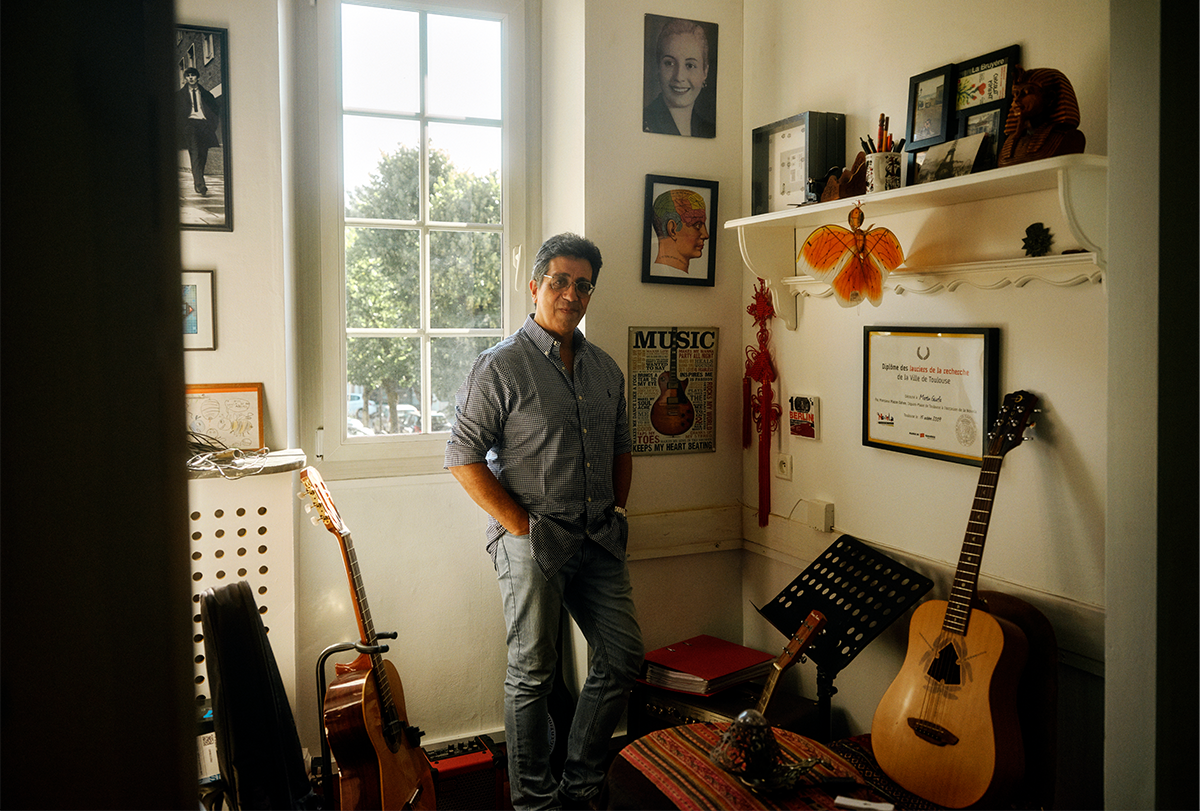
Because he linked Peru to the father who abandoned him, Giurfa rejected his birth country during his early years and always planned to leave. But growing up in Peru did have its perks. Back then, it was only a short drive from Lima to the beach or the mountains, which put him in contact with the natural world—and with insects. “Biologists become biologists for many different reasons,” he says. “The ones like me did it because we love bugs.”
Still, his mother constantly reminded him he was Argentinian. She bought him Argentinian comics and sports magazines. She also sent him to Argentina to visit his uncle and extended family. To hear his mother talk about it, Argentina was a kind of promised land, he says. You will need to go there one day, she told him, because that is our place in the world.
But when he moved to Argentina in 1980 to study biology for undergrad at the University of Buenos Aires, the country was not the paradise he had hoped for. Argentina had been under a military dictatorship for nearly five years by then and soldiers watched the university’s entrance, inspecting students’ backpacks as they arrived. There were no student activities in the hallways, and you could get in trouble simply for playing guitar on campus, Giurfa says.
The school had also become an ideological battleground. Professors from the biology department denied the theory of evolution, the new government slashed the university’s student quotas and radically transformed the curriculum of humanities majors. It was also physically dangerous. Between 1976 and 1983—the military dictatorship years—more than 600 students at the school disappeared, approximately 60 of them from the department Giurfa also attended.
Perhaps because he was raised in another country, and thereby naive to the true danger, he says, Giurfa became a leader in the underground student movement. He and his university friends organized protests and graffitied walls—activities that could have gotten him arrested, or even killed. “Nowadays, I think about how unaware I was,” he says.
Hundreds of scientists left Argentina during the dictatorship period and the years leading up to it. But when the military regime fell in 1983, some began to return. One of them, a prestigious neurobiologist named Héctor Maldonado, wanted to transform the University of Buenos Aires biology faculty and its curriculum, which at the time had just two branches—botany and zoology. With the help of other returning professors, Maldonado established courses in microbiology, ecology, molecular biology, cellular biology and evolution. As a student, Giurfa was fascinated by his school’s transformation; suddenly, he could learn about all these new fields, and the information overload was enough to “blow your mind,” he says.
Giurfa, who had been elected student leader of the biology department, worked closely with Maldonado to promote some of these changes. But he had been taught that scientists were supposed to be in their ivory towers, preoccupied with their research and nothing else, he says. He understood that it wasn’t like that by looking to Maldonado. From him, Giurfa would later write, he learned that “the best science, the excellent science, wasn’t in conflict with [political] commitment.”
I
n 1990, Giurfa finished his biology Ph.D. in Buenos Aires, with a core focus on insect behavior. During his course, Josué Núñez, an Argentinian neurobiologist who had returned from Germany and became Giurfa’s mentor, pushed him to publish in international journals, which wasn’t common in Argentina at the time. Once Giurfa had published work in the Journal of Insect Physiology, though, he landed on the radar of Menzel—the biggest name in honeybee neuroscience from the last 40 years, says Jean-Christophe Sandoz, a neuroscientist at Paris-Saclay University and one of Giurfa’s mentees. When Menzel invited Giurfa to move to Germany to work with him, it was like “playing football on an amateur team and suddenly being called to play in the Champions League with Bayern Munich or Manchester City,” Giurfa says.At first, Giurfa struggled to fit in. The German culture felt staid to him, serious—the opposite of the Latin American culture he grew up in. He felt like the foreigner he was, and Germany wasn’t exactly welcoming to foreigners back then, he says. His mailbox—the only one in his housing complex with a foreign last name—was kicked in and dented more than once. He fixed the problem, he says, by painting “Dr.” in front of his name on the box.
Giurfa felt like an outsider in the lab, too. He had never, for instance, seen the computers his colleagues felt so comfortable working with. And the lab was competitive; his colleagues seemed to prefer working alone. He discovered that offering help to others fostered a more collaborative environment, and eventually his colleagues became his friends. Menzel recognizes Giurfa’s cooperative nature. “He is not just focused on himself, but he looks out and he takes this kind of knowledge to help other people,” he says.
Still, Giurfa wanted to ask his own questions. Most of the postdocs or doctoral students in Menzel’s lab were assigned a specific project that could contribute to Menzel’s research questions, Chittka says, but Giurfa wanted to know “what might be possible with tiny bee brains, what minimal circuitry could still generate intelligent behavior.”
With Menzel’s blessing, Giurfa investigated whether bees were able to discriminate between differing visual stimuli based only on symmetry. He first trained bees with symmetrical and asymmetrical figures, offering a sugar reward only when they encountered the symmetrical figures. And when he later presented the bees with a new setup and different figures, they approached the symmetrical figures for the sugar reward. Giurfa and his team also ran the experiment backward, with the reward associated with asymmetrical figures, and the bees mastered that, too. The experiment showed not only that bees could learn rules but also that they could categorize objects that had nothing in common except symmetry—a perception previously demonstrated only in humans, birds, dolphins and monkeys.
Later, Giurfa conducted an experiment in which bees saw a visual stimulus—a color or a pattern—outside a maze and received a drop of sugar if they approached the same stimulus inside. The stimulus changed every time, so it was not enough for insects to associate the stimulus with the reward; they needed to learn the rule and remember the pattern, and the bees did. This study became a landmark paper in the field.
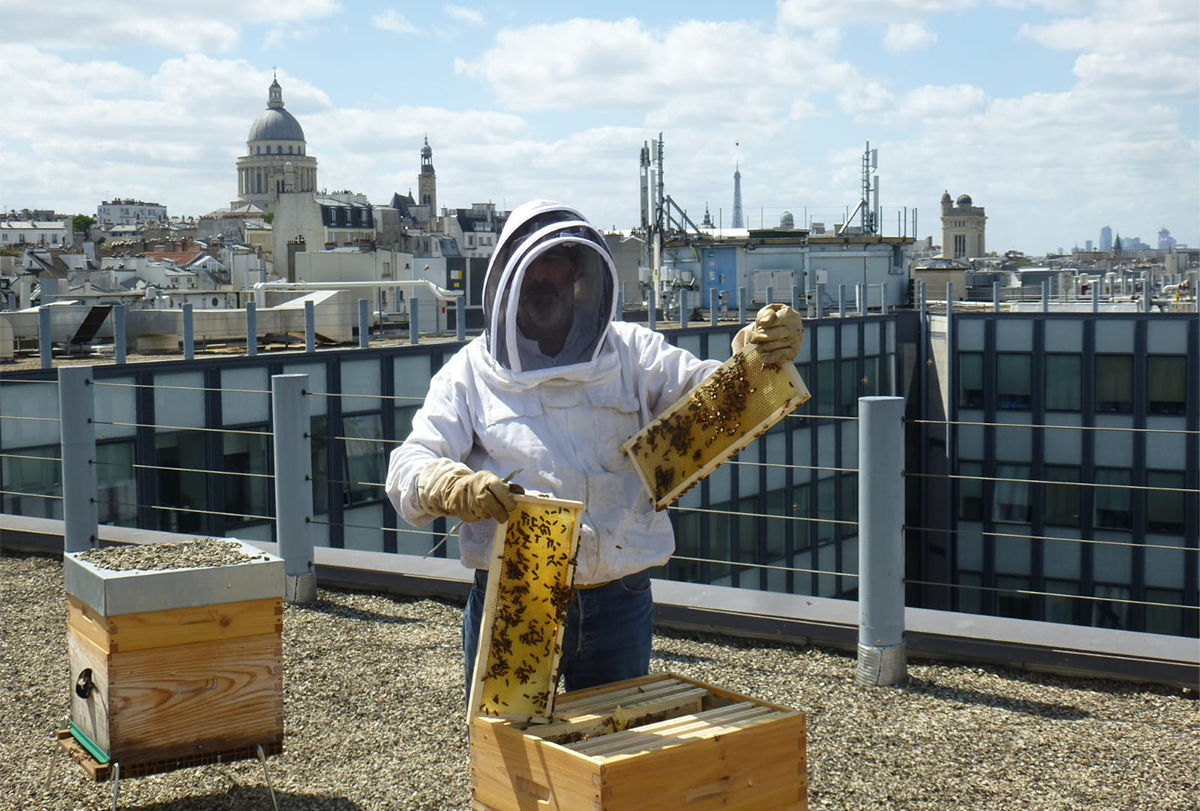
Recently, Giurfa published a paper showing that after being trained to associate numbers with a sugar reward, bees can order numbers from left to right according to their magnitude. That paper sparked disagreement among colleagues. This kind of response is not new. Chittka says that some of Giurfa’s earlier findings were shocking enough that people didn’t believe them at first, and Giurfa himself remembers being questioned by older researchers earlier in his career. “I just kept going,” he says.
I
n 2001, after 10 productive years in Menzel’s lab, Giurfa had an offer to create a new research institute in Toulouse, France. On his first visit there, while waiting for the bus, he saw an old lady shouting and waving her walking stick at a bus driver for almost leaving without her. This reminded him of Latin America more than Germany ever did, he says, and he remembers thinking, “I am back in Argentina.” He and his wife had two daughters by then and they also felt France could be good for them.In Toulouse, Giurfa expanded on a new area of learning paradigms that showed how rich cognitive levels are in honeybees, Menzel says. He also showed correlations between olfactory stimuli and patterns of neural activity in honeybees. And tapping into his powers of collaboration, Giurfa built the new institute focused on learning the mechanisms of cognitive processing in different animals; the job required coordinating researchers from across fields with varied expertise, but that suited Giurfa, Sandoz says. “He has always wanted to get the best out of people.”
Once the institute was up and humming, Giurfa moved to Sorbonne University, where he was hired as an exceptional-class professor of neuroscience, the highest rank in French academia.
I
n 2013, Giurfa received the Raíces Award, a prize awarded by the Argentinian Senate to scientists who live abroad but still work to strengthen Argentinian science. Raíces means “roots” in Spanish, and indeed, Giurfa is still thinking of his homeland.Giurfa has managed to create a kind of Sperrmüll of his own. When he visits Argentina now, he packs into his suitcase reagents or small tools, like electrodes or data loggers, that he can distribute to Argentinian neuroscientists. Gabriela de Brito Sanchez does the same. Walter Farina, a neuroscientist at the University of Buenos Aires and a long-time friend of the couple, has been a direct beneficiary of this. He and de Brito Sanchez are studying the neuronal pathways associated with attention and motivation in honeybees. De Brito Sanchez brings reagents to Argentina, and “we run the experiments here,” Farina says.
They are not the only ones doing this. Argentina’s geographical location, regulatory restrictions and skyrocketing inflation—over 200 percent last year—make getting supplies difficult and expensive. When Argentinian José Duhart, a behavioral neuroscientist at the Leloir Institute in Buenos Aires, flew back home after his postdoc in Philadelphia, he says he hid several tubes of male and female fruit flies—and their larvae—in his suitcase. And when Pedro Bekinschtein, a neurobiologist at the Institute of the Cognitive and Translational Neurosciences (part of the INECO Foundation) in Buenos Aires, returned from a research stay in Brazil, he says he brought rat brains packed in dry ice with him, so he could do work back home.
But the old problems in Argentina are nothing compared to what they are seeing now, Bekinschtein says. In April, thousands of Argentinians protested government budget cuts to science and education. The government had not adjusted university budgets to keep pace with inflation. Funding organizations such as the National Agency for the Promotion of Research, Technological Development and Innovation hadn’t transferred research grants to scientists or allocated funding since December of last year, Farina said. Haydeé Viola, a neurobiologist at the University of Buenos Aires who is working with Giurfa to transfer insect-memory models to vertebrates, has been using her own money to pay for her lab rats’ food.
Giurfa says he worries that the funding cuts and the government’s attitude towards science could bring a “massive exodus” of scientists the same way the Videla dictatorship did when he was a student. Giurfa and Farina say it’s already happening. Last year, 1,900 young researchers applied to become part of Argentina’s National Council of Scientific and Technical Research; this year only 1,300 did. “That means there are 600 who decided to change careers or look for a job somewhere else,” Farina says. “We have to rethink again if life as a scientist and researcher makes sense in Argentina.”
Home, for Giurfa, might seem like a nebulous concept: He has lived in Peru, Argentina, Germany, and now France, where he became a citizen in 2016. He loves the country and feels comfortable there in his personal life in ways he never did in Germany. But, in truth, Argentina is always on his mind. Every morning, he reads his favorite Argentinian newspaper before the French one, and though his two daughters were raised in Europe, one has moved to Argentina and the other alternates between Mexico and Argentina.
Even his mother eventually returned, back in 1986, to the folds of her family. She died two years ago in Buenos Aires, at 98 years old. And Giurfa himself plans to one day return to Argentina, or at least Latin America, for good. “My roots are there, that’s undeniable,” he says. “I am not a ‘rootless’ person. I have culture, affections, a way of talking and being. Those don’t simply go away.”
Recommended reading
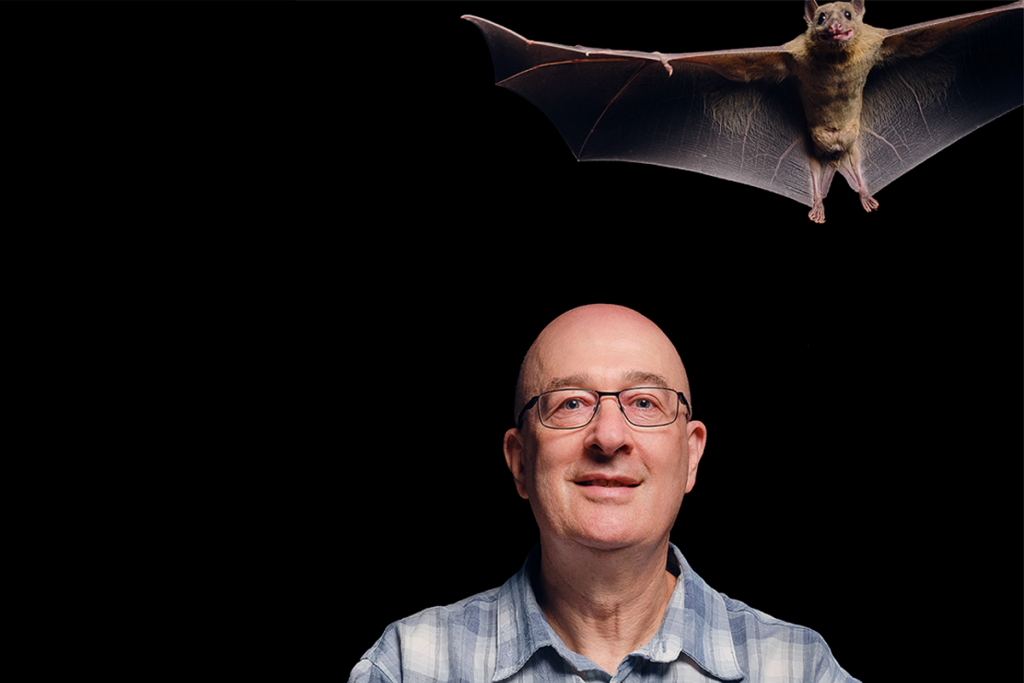
Diving in with Nachum Ulanovsky
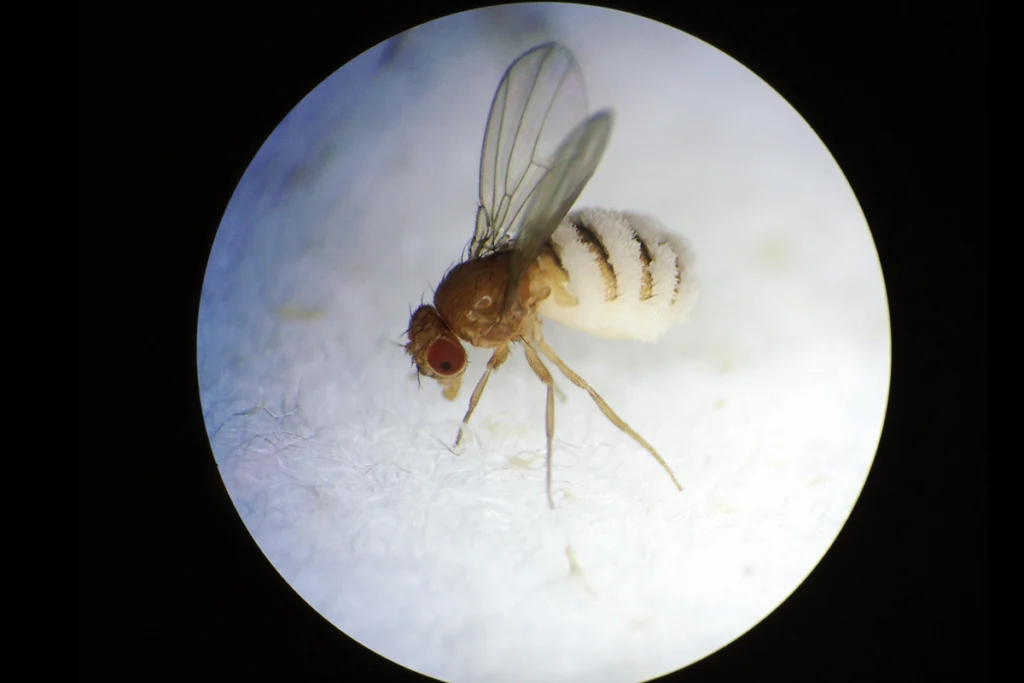
Mind control in zombie flies: Q&A with Carolyn Elya
Explore more from The Transmitter
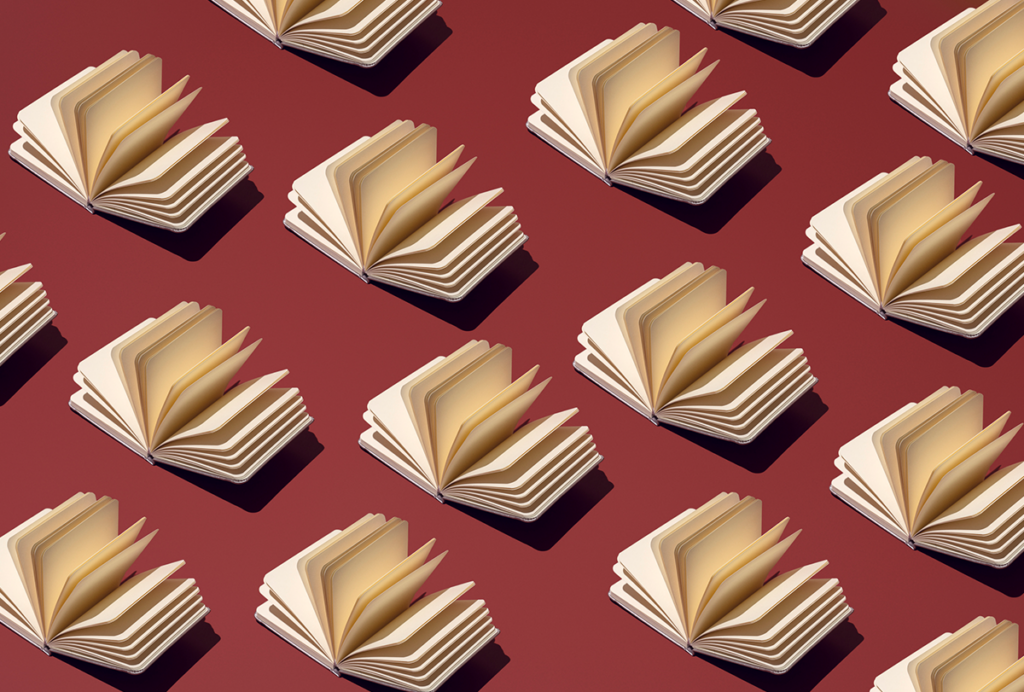
The Transmitter’s most-read neuroscience book excerpts of 2025
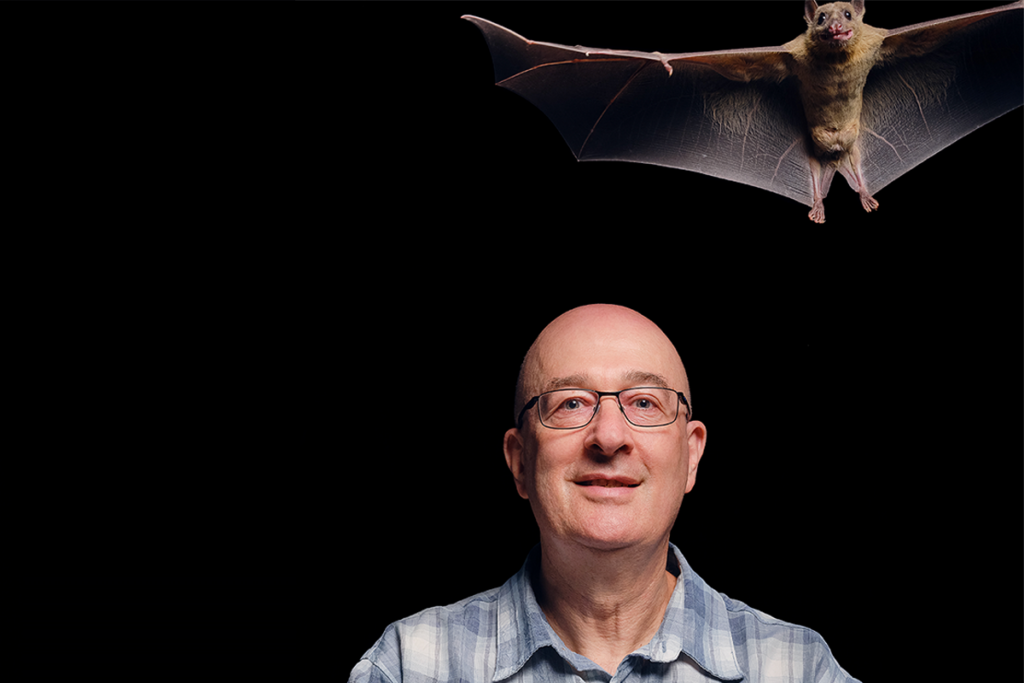
Neuroscience’s leaders, legacies and rising stars of 2025
